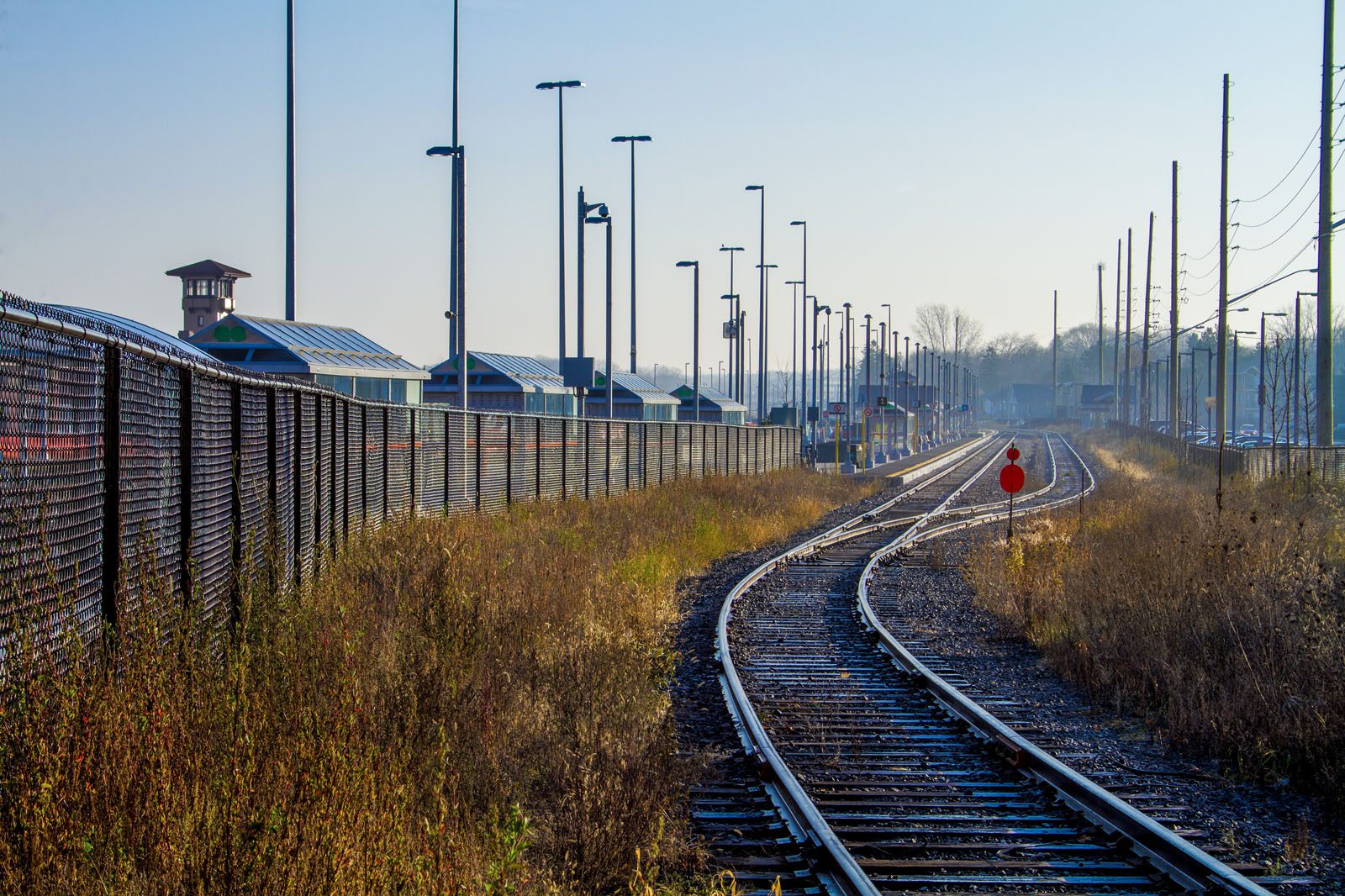Areas of Expertise
Burnside services provided for this project include:
Browse all our services

Transit Project Assessment Process, Design, Approvals, and Permitting
Completing a critical study to enable all day service between Barrie and Toronto.
Sector:Agencies
Hatch | Metrolinx
Barrie, Ontario
Jim Georgas, C.E.T.
Doug Keenie, P.Eng.
Tricia Radburn, MCIP, RPP

The Barrie rail corridor is approximately 63 miles (100 km) in length, extending from Toronto Union Station (Mile 0.00) to Allandale Waterfront GO Station (Mile 63.00 Newmarket Subdivision) in Barrie, Ontario.
Recent forecasts demonstrated the need for two-way all-day regional rail services for the Barrie rail corridor. The forecasts also showed that there is merit in providing for counter peak direction service during the AM and PM peak periods, bi-directional service during the midday | evening off-peak periods, and bi-directional service during the weekend off-peak period as a part of a phased approach to the ultimate two-way-all-day service scenario. This project entailed the move from the current peak-period, peak-direction service to two-way-all-day in this phased approach.
Working with Hatch, Burnside was retained to lead the Transit Project Assessment Process (TPAP) effort and assist in providing input to the preliminary design. Hatch was also responsible for preparing the detailed design for the Phase One (southern) portion of the project.
The TPAP assessed all infrastructure improvements in order to accommodate the proposed increase in service, including additional track, grading | drainage, retaining walls, bridge improvements, layover requirements, station improvements (platforms, tunnels, parking, etc.), and municipal road | infrastructure impacts.
Our focus for the project included completing all components associated with the TPAP, including natural and environmental reporting, noise | vibration, air quality, and socio-economic studies, Phase I Environmental Site Assessments of over 400 properties, as well as stakeholder | public consultation.
Following the completion of the TPAP, we were involved in preparing and leading efforts associated with several environmental approvals and permits that were identified as being required through the TPAP. These included Federal and Provincial Species at Risk surveys and permitting, tree inventories, permitting and approvals under various municipal tree by-laws, and approvals for wetland removal and compensation under Toronto and Region Conservation Authority (TRCA) O. Reg. 166/06 and Lake Simcoe Region Conservation Authority (LSRCA) O. Reg. 179/06.


We encourage you to contact us if you have any questions or require assistance.